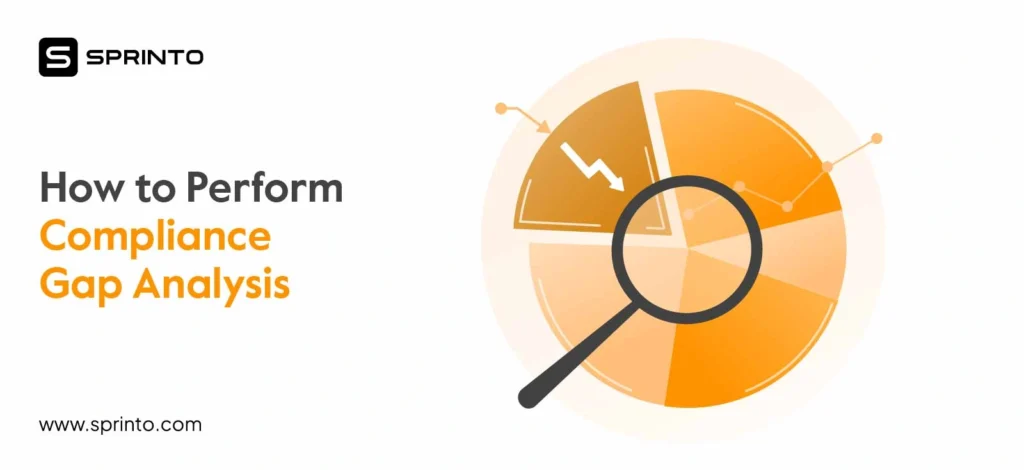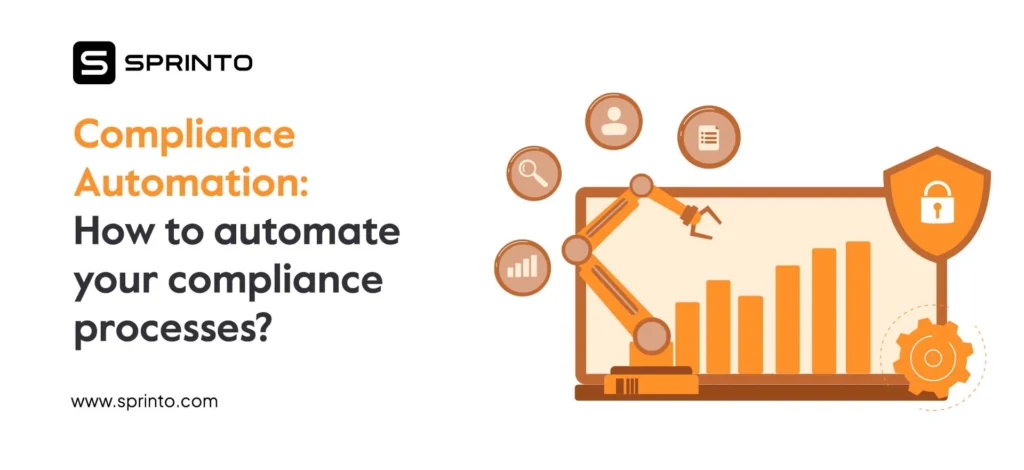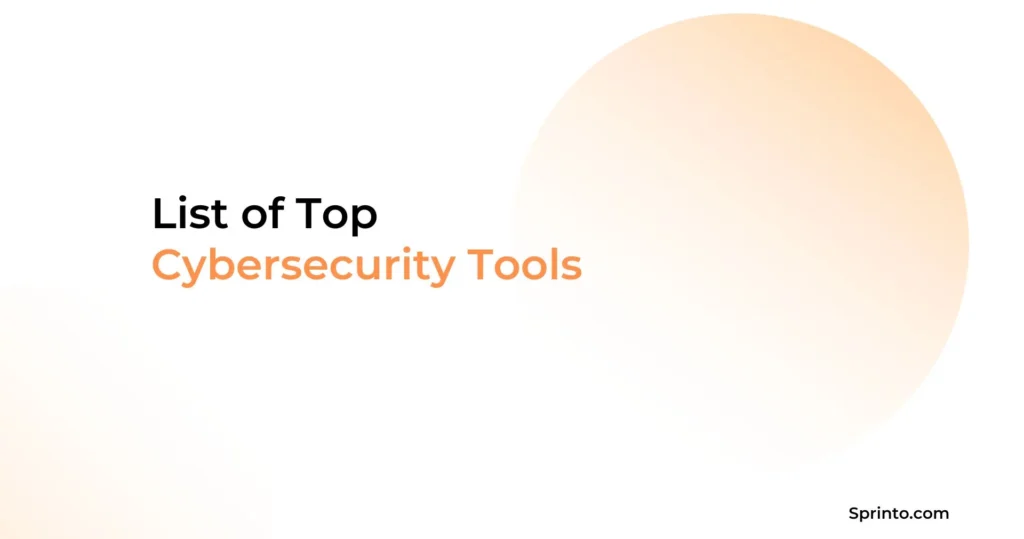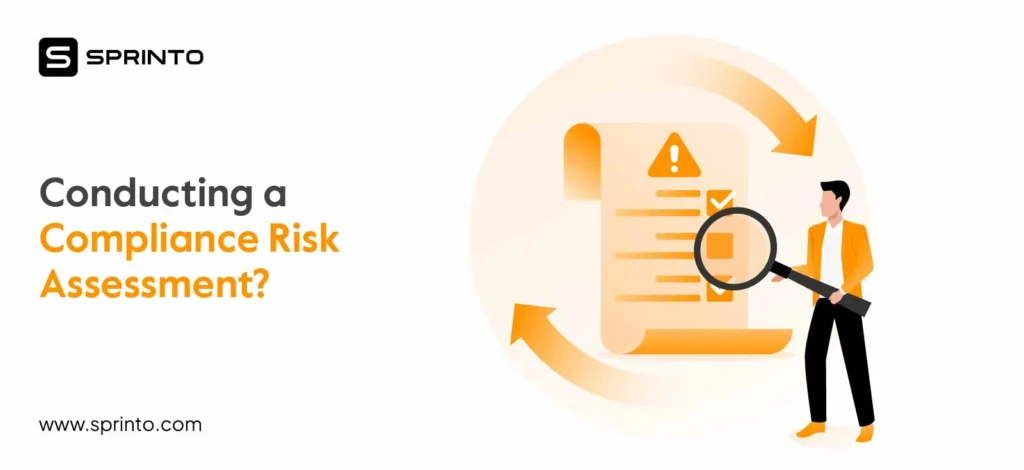Drata is a leading GRC (Governance, Risk, and Compliance) automation platform for startups, scaling businesses, and enterprises. It automates complying with regulatory frameworks such as SOC 2, ISO 27001, HIPAA, and GDPR.
Drata’s pricing starts at around $15,000/year for startups and can scale up to $100,000+ annually for larger enterprises, depending on company size, frameworks, and complexity.
In this blog, we’re breaking down Drata’s pricing structure so you can make an informed decision about choosing the right GRC platform.
What are Drata’s pricing tiers?
Drata’s pricing structure accommodates businesses of various sizes and compliance needs. It is affected by multiple factors like team size, security requirements, and chosen compliance frameworks. Below is a detailed breakdown of Drata’s pricing:
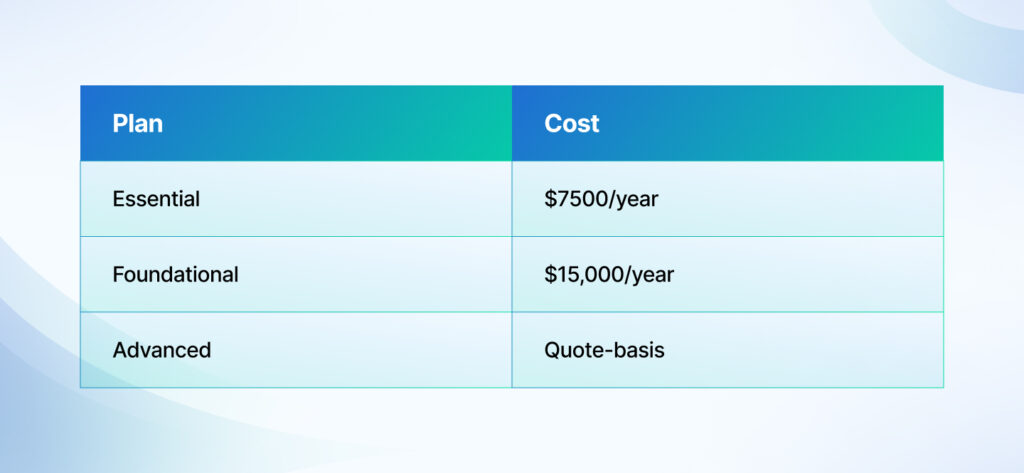
1. Essential
Drata’s pricing starts at $7500/year, which is called the essential plan. This plan is especially for smaller organizations with basic compliance needs.
The Essential plan includes most of the features of compliance automation, governance, and risk assessment. However, it does not include features related to third-party risks, configurations, and advanced trust center pages.
2. Foundational
Drata’s foundational plan starts at $15,000/year. It is the most popular plan for Drata’s customers and is suited for medium-sized businesses requiring more advanced features.
The Foundational plan contains all features of the Essential plan, along with OpenAPI, user access reviews, and better configurations.
3. Advanced
The Advanced plan follows custom-based pricing and is usually best for enterprise customers requiring various configurations and features.
Depending on the package, add-ons, and services selected, the price range is between $10,000 and more than $50,000 on average.
Drata product features as per the pricing plan
Based on the product plan page on Drata, we’ve collated the features provided in each module:
Compliance Automation
Compliance automation replaces manual checklists with continuous monitoring and evidence collection. It helps you stay audit-ready and move faster on frameworks like SOC 2 and ISO 27001.
| Feature | Essential | Foundation | Advanced |
| Pre-mapped Frameworks | ✔ | ✔ | ✔ |
| Automated Evidence Collection | ✔ | ✔ | ✔ |
| Multiple Control Owners | ✔ | ✔ | ✔ |
| Export Raw JSON Evidence | ✔ | ✔ | ✔ |
| Audit Hub | ✔ | ✔ | ✔ |
| Policy Templates | ✔ | ✔ | ✔ |
| Compliance as Code | ✔ | ✔ | Code pro |
| Open API | ❌ | ✔ | ✔ |
Governance
Governance isn’t just about setting roles and policies — it’s about creating accountability. Drata makes this easier with built-in workflows that assign ownership, streamline reviews, and keep compliance activities on track.
| Feature | Essential | Foundation | Advanced |
| Role-based access control | ✔ | ✔ | ✔ |
| Task and policy management | ✔ | ✔ | ✔ |
| Review & approval workflows for controls | ✔ | ✔ | ✔ |
| Internal notes and commenting | ✔ | ✔ | ✔ |
| Ticketing management | ✔ | ✔ | ✔ |
| Personnel tracking | ✔ | ✔ | ✔ |
| SSO | ✔ | ✔ | ✔ |
| Event tracking | ✔ | ✔ | ✔ |
| User Access Review | Add-on | ✔ | ✔ |
Risk
Drata’s risk management helps identify, score, and track threats so teams can act before they escalate. The structured scoring is powerful, though deeper automation and predictive insights are better supported in advanced tiers.
| Feature | Essential | Foundation | Advanced |
| Pre-loaded risk library | ✔ | ✔ | ✔ |
| Risk register | ✔ | ✔ | ✔ |
| Custom risks | ✔ | ✔ | ✔ |
| Control mapping | ✔ | ✔ | ✔ |
| Inherent and residual risk scoring | ✔ | ✔ | ✔ |
| Insights dashboard | ❌ | ❌ | ✔ |
| Custom risk scoring | ❌ | ❌ | ✔ |
| Risk tasks | ❌ | ❌ | ✔ |
| Pre-mapped controls | ❌ | ❌ | ✔ |
Third-party Risk
Vendor monitoring and streamlined assessments make Drata strong in managing third-party risk. However, coverage relies on the depth of assessments configured, which may need effort to fully align with complex vendor ecosystems.
| Feature | Essential | Foundation | Advanced |
| Vendor security questionnaires and responses | ✔ | ✔ | ✔ |
| Vendor profiles | ✔ | ✔ | ✔ |
| Vendor bulk upload and updates | ✔ | ✔ | ✔ |
| Vendor insights dashboard | ❌ | ❌ | ✔ |
| Automated vendor impact analysis | ❌ | ❌ | ✔ |
| AI summarized vendor questionnaire responses | ❌ | ❌ | ✔ |
Trust Center
Transparency builds trust, and trust drives growth. Drata’s Trust Center gives customers instant visibility into your security posture, helping you close deals faster while cutting down on questionnaires.
| Feature | Essential | Foundation | Advanced |
| Live view of security posture | ✔ | ✔ | ✔ |
| Clickwrap NDA support | ✔ | ✔ | ✔ |
| Private document access requests | 10 per year | 10 per year | 300 per year |
| Custom Trust Center URL | ❌ | ❌ | ✔ |
| Automated access approvals | ❌ | ❌ | ✔ |
| Custom FAQ | ❌ | ❌ | ✔ |
| Live announcements | ❌ | ❌ | ✔ |
| Docusign NDA integration | ❌ | ❌ | ✔ |
Configurations
Configurations in Drata give you flexibility to design compliance your way — with custom controls, frameworks, and fields. Advanced options like multi-instance management and workspaces are available, but may require add-ons depending on your plan.
| Feature | Essential | Foundation | Advanced |
| Custom tests through Adaptive Automation | Limited | ✔ | ✔ |
| Custom controls | ✔ | ✔ | ✔ |
| Multi-Instance Management | Add-on | Add-on | Add-on |
| Custom frameworks | ❌ | ✔ | ✔ |
| Custom fields & formulas | ❌ | ✔ | ✔ |
| Workspaces | ❌ | ❌ | Add-on |
How do you choose the appropriate pricing tier?
While choosing an appropriate pricing tier, you may have to pay for features you don’t need. Or worse, you may miss out on the ones you need. A rigid pricing structure may not always align with your exact compliance and security requirements.
Sprinto offers a more flexible approach. Instead of pre-set plans, you get a custom pricing structure where you pick the features and frameworks that fit your business needs. There are no unnecessary costs and no locked-out capabilities—just compliance automation that works for you.
For example, SOC 2 Type 1 audits, which evaluate your controls at a specific point in time, typically cost between $5K and $25K, while Type 2 audits, assessing controls over a period of time, can range from $7K to $50K.
There are no unnecessary costs and no locked-out capabilities—just compliance automation that works for you.
Get a tailored quote today. Talk to us.
A more cost-effective path to GRC
The average contract size of Drata’s customers is usually around $34,385/year, as per Vendr. Although the price seems to be different in the above tables, several additions like set-up costs, support costs, etc, add up to the final amount.
A ballpark of $35K for compliance automation seems quite a high amount, especially for small businesses. The challenges in Drata’s platform are not just limited to cost but also integrations. For SMBs, integrations are the key to a successful security strategy.
Drata may not be the ideal choice for small startups and businesses. What’s the alternative? Sprinto is much cheaper since you pay for only what you require without any redundant costs.
FAQs
Drata’s pricing is not charged per employee but through tiered annual plans. The foundation plan starts at around $15,000/year and covers up to 50 full-time employees, including one pre-mapped framework like SOC 2, ISO 27001, or HIPAA. The advanced plan begins at approximately $20,000/year and includes additional features such as custom frameworks and integrations. These plans are designed to scale with your organization rather than charging per user.
Yes, SOC 2 audit costs vary by type. Type 1 audits, which evaluate the design of your controls at a specific point in time, typically range from $7,500 to $15,000 for small to midsize companies. Type 2 audits, which assess the operational effectiveness of your controls over a period (usually 3–12 months), are more comprehensive and generally cost $12,000 to $20,000, with larger organizations potentially paying up to $100,000 depending on scope and complexity.
The Foundation plan covers up to 50 full-time employees and includes one pre-mapped framework such as SOC 2, ISO 27001, or HIPAA. It also provides pre-built integrations, risk management, vendor risk management, compliance-as-code, a SafeBase trust center, AI-assisted questionnaires, custom controls, and an open API. Add-ons are available for additional frameworks or advanced features.
Drata is typically higher in starting price, around $15,000/year, but offers extensive automation, robust integrations, and high scalability, making it ideal for mid-market to enterprise organizations. Sprinto provides a more flexible, custom pricing model(starting from $4000) based on selected features and frameworks, allowing businesses to pay only for what they need. Vanta, on the other hand, usually starts around $7,500/year, offering a user-friendly interface and strong customer support, making it suitable for startups and smaller teams.
Pansy
Pansy is an ISC2 Certified in Cybersecurity content marketer with a background in Computer Science engineering. Lately, she has been exploring the world of marketing through the lens of GRC (Governance, risk & compliance) with Sprinto. When she’s not working, she’s either deeply engrossed in political fiction or honing her culinary skills. You may also find her sunbathing on a beach or hiking through a dense forest.
Explore more
research & insights curated to help you earn a seat at the table.











